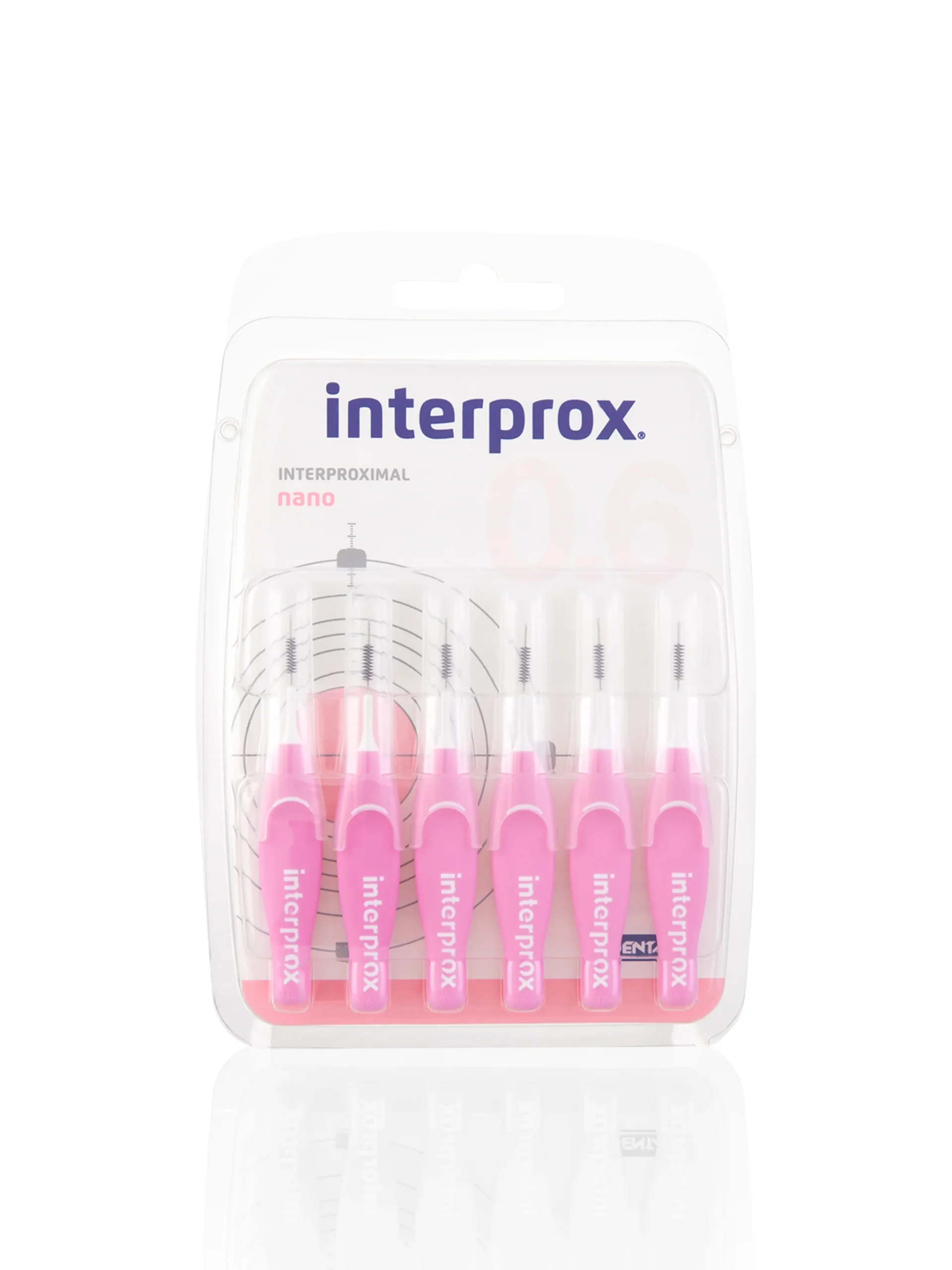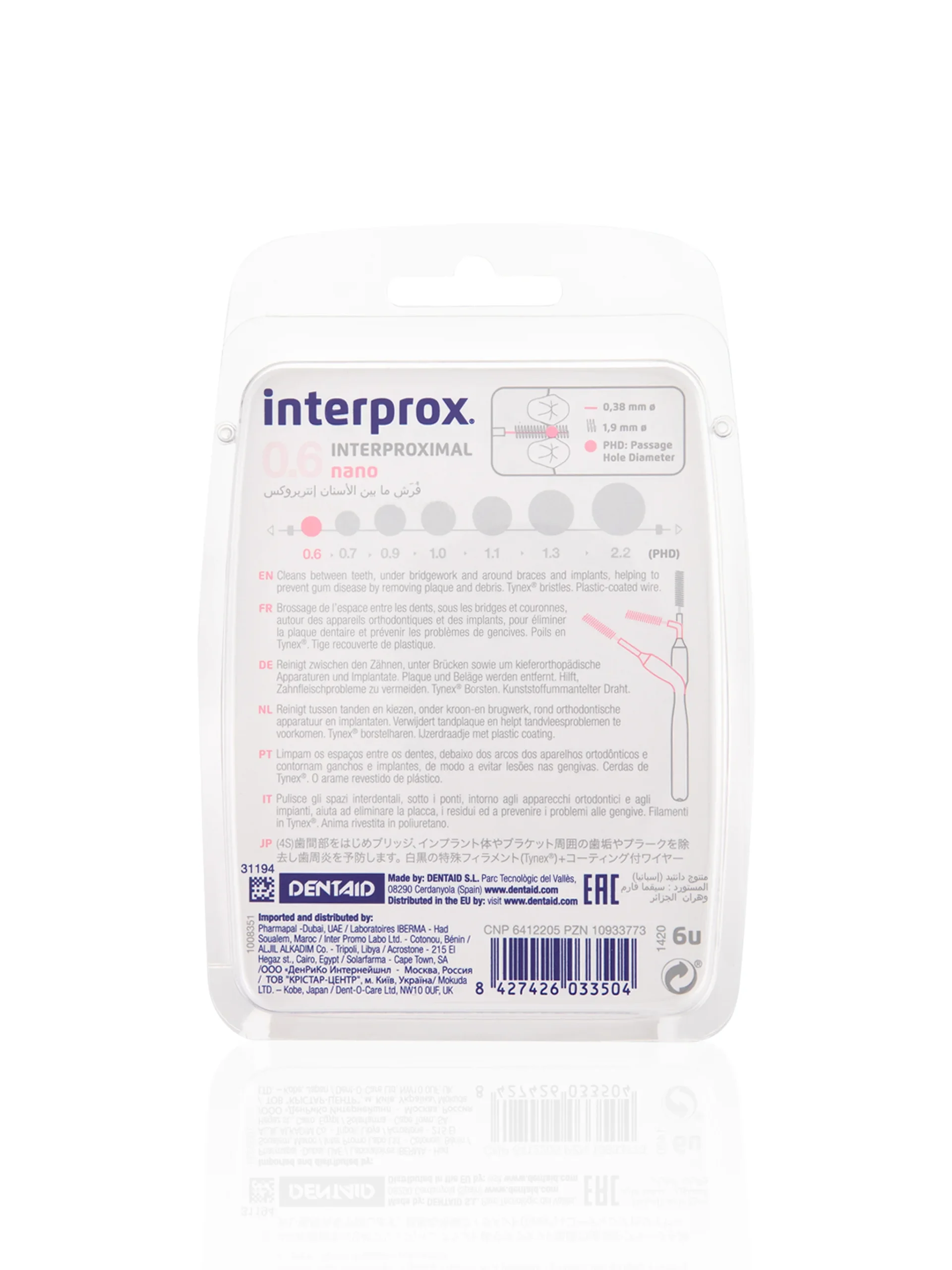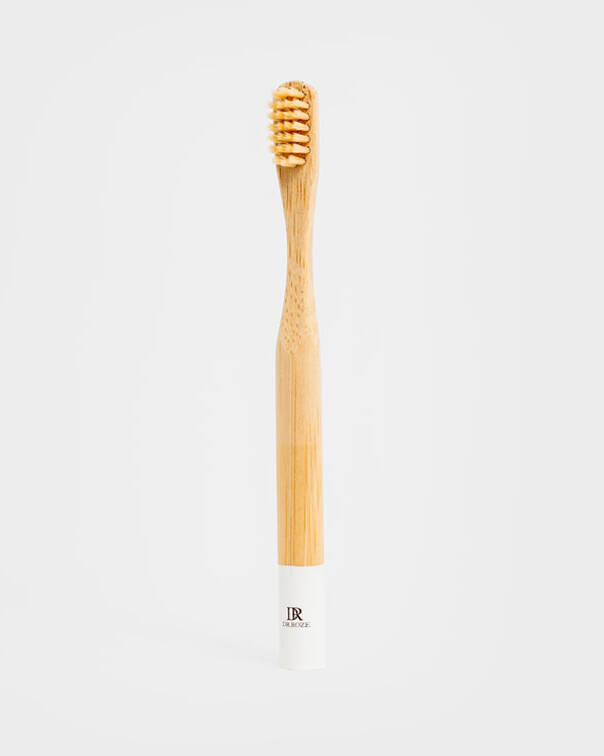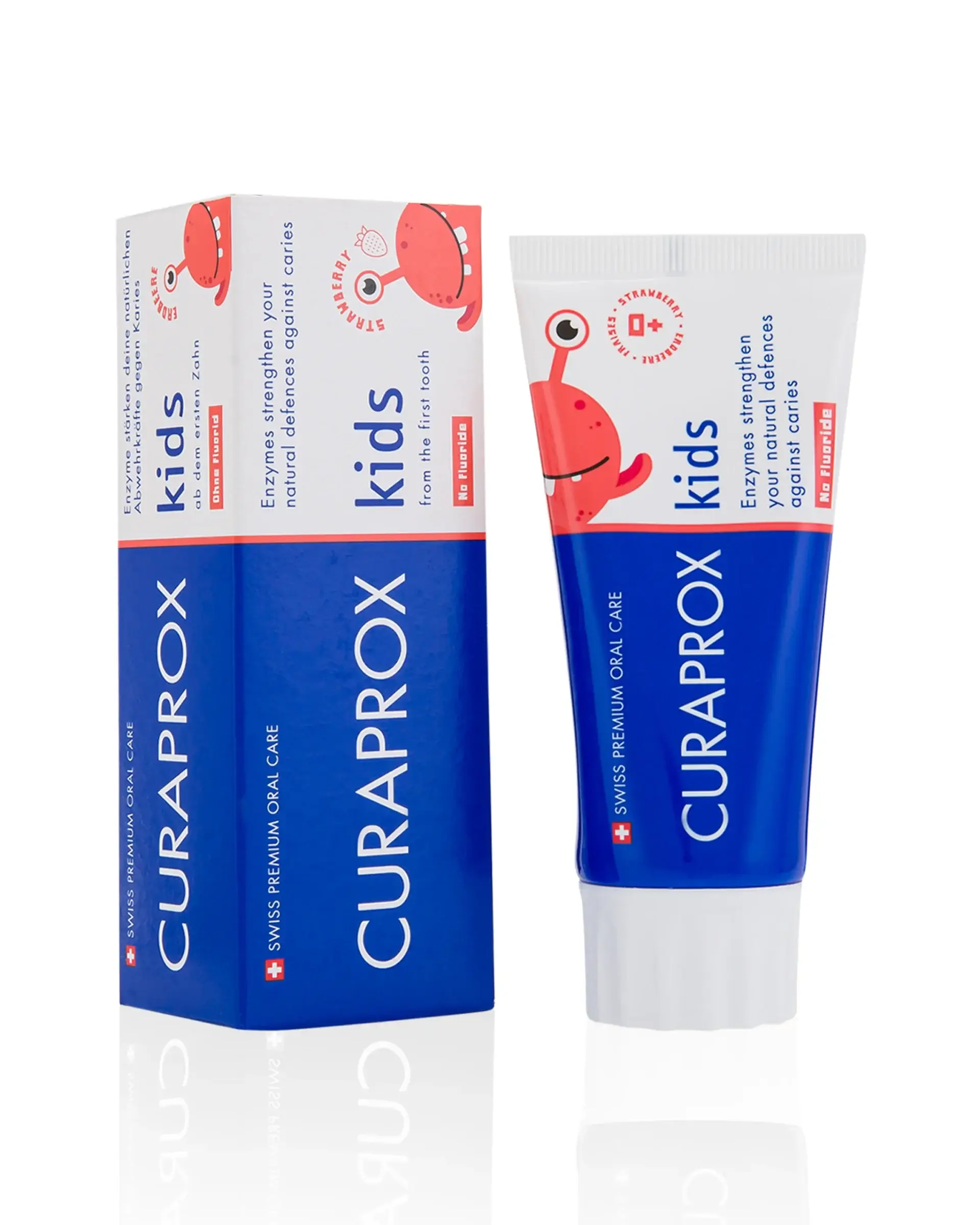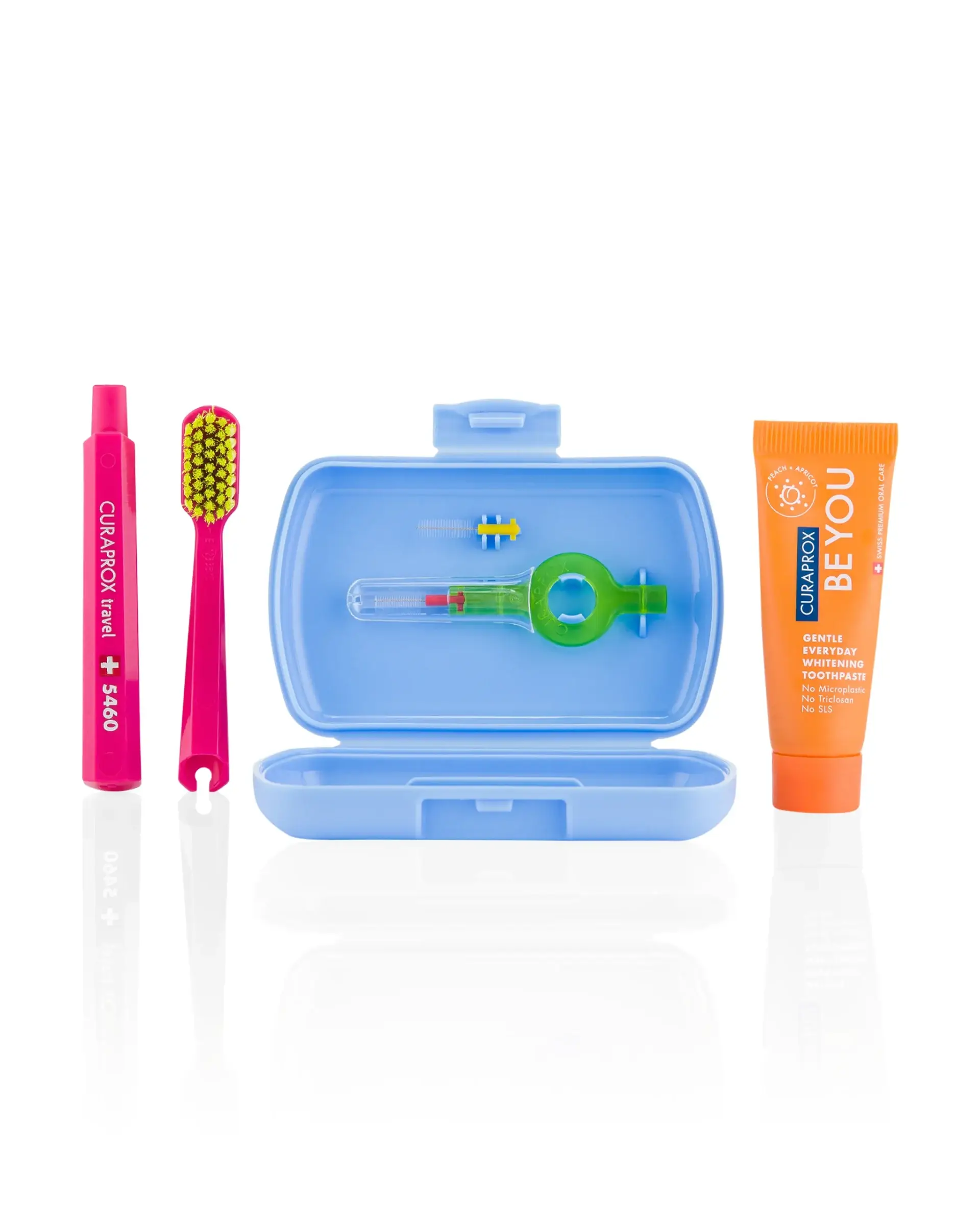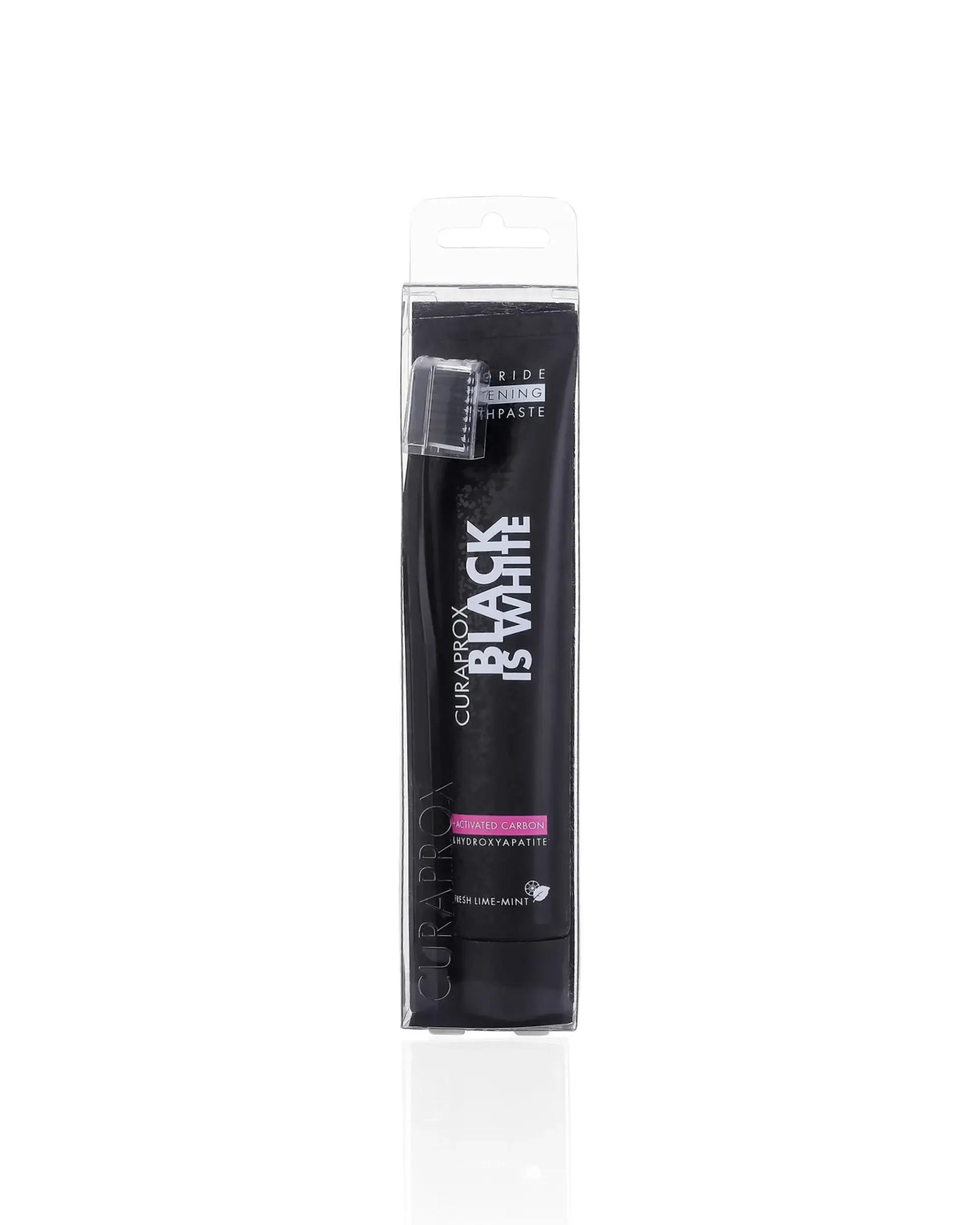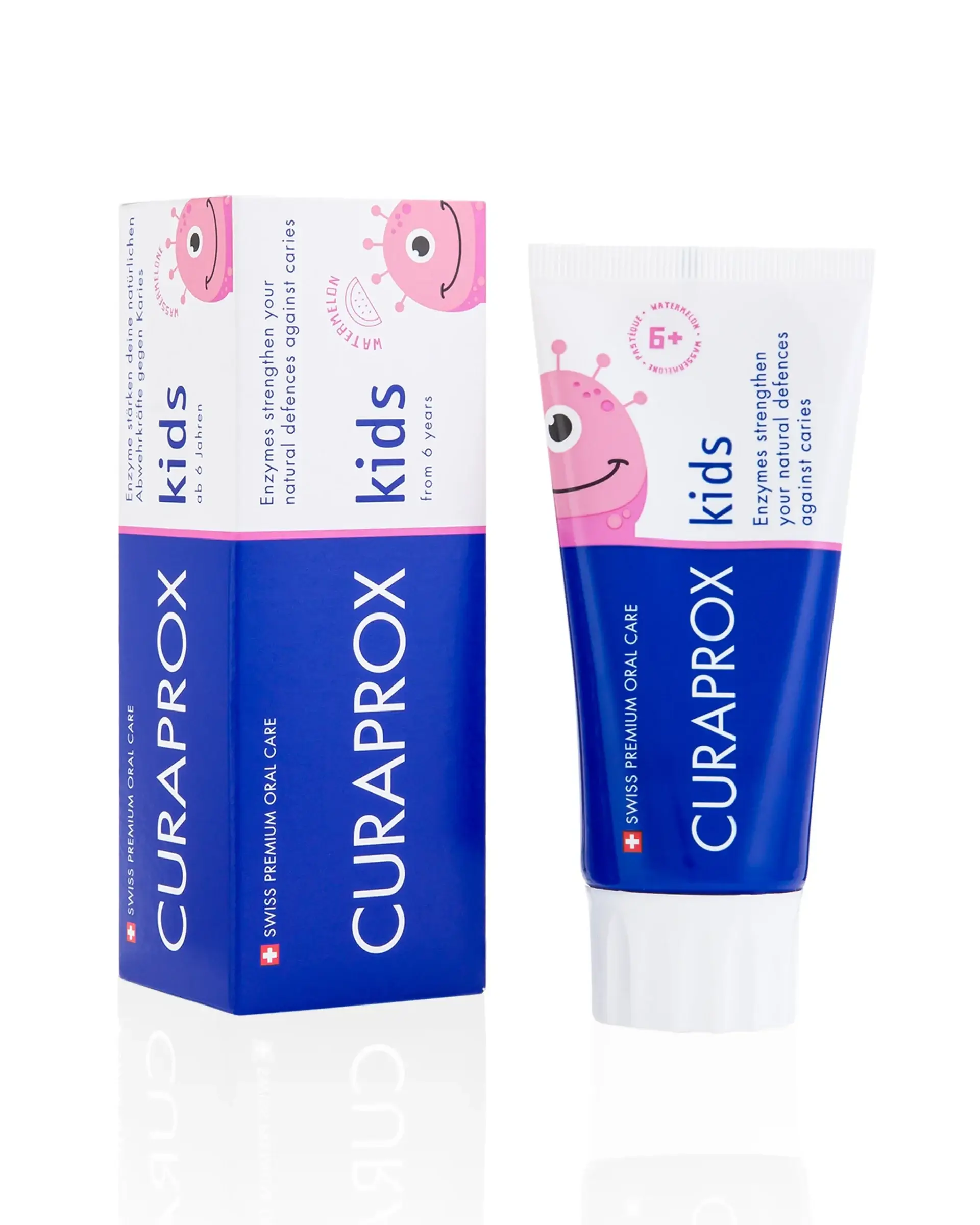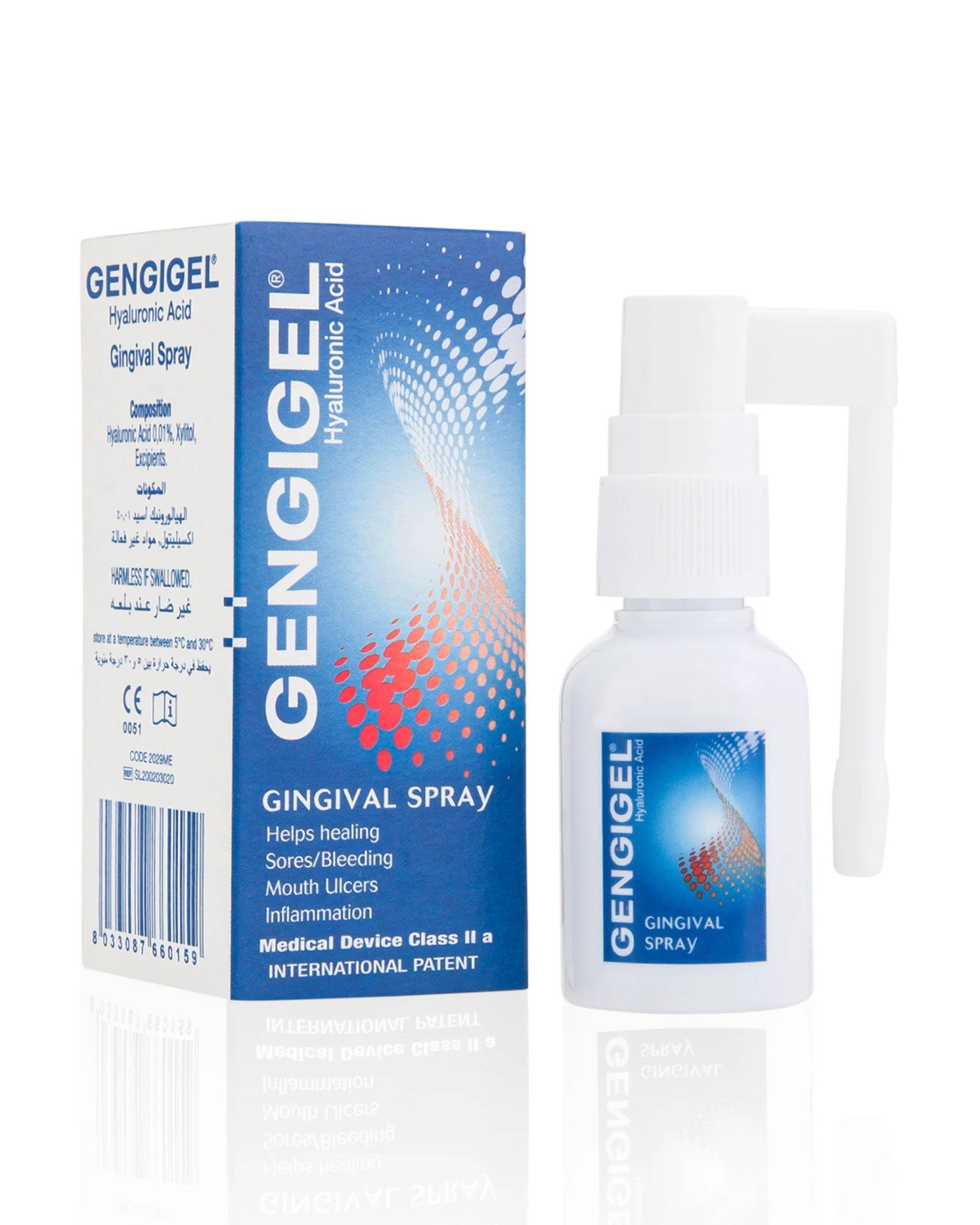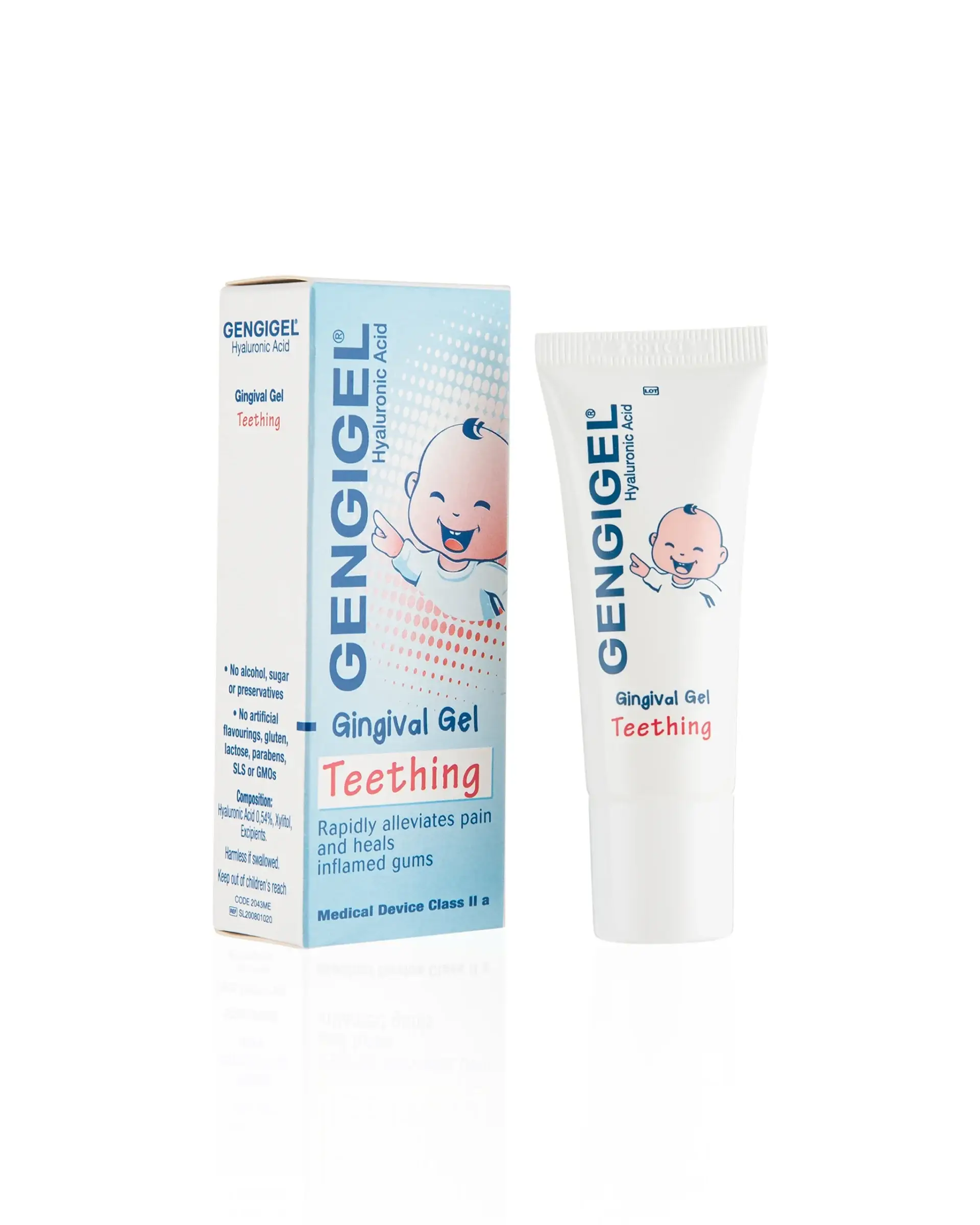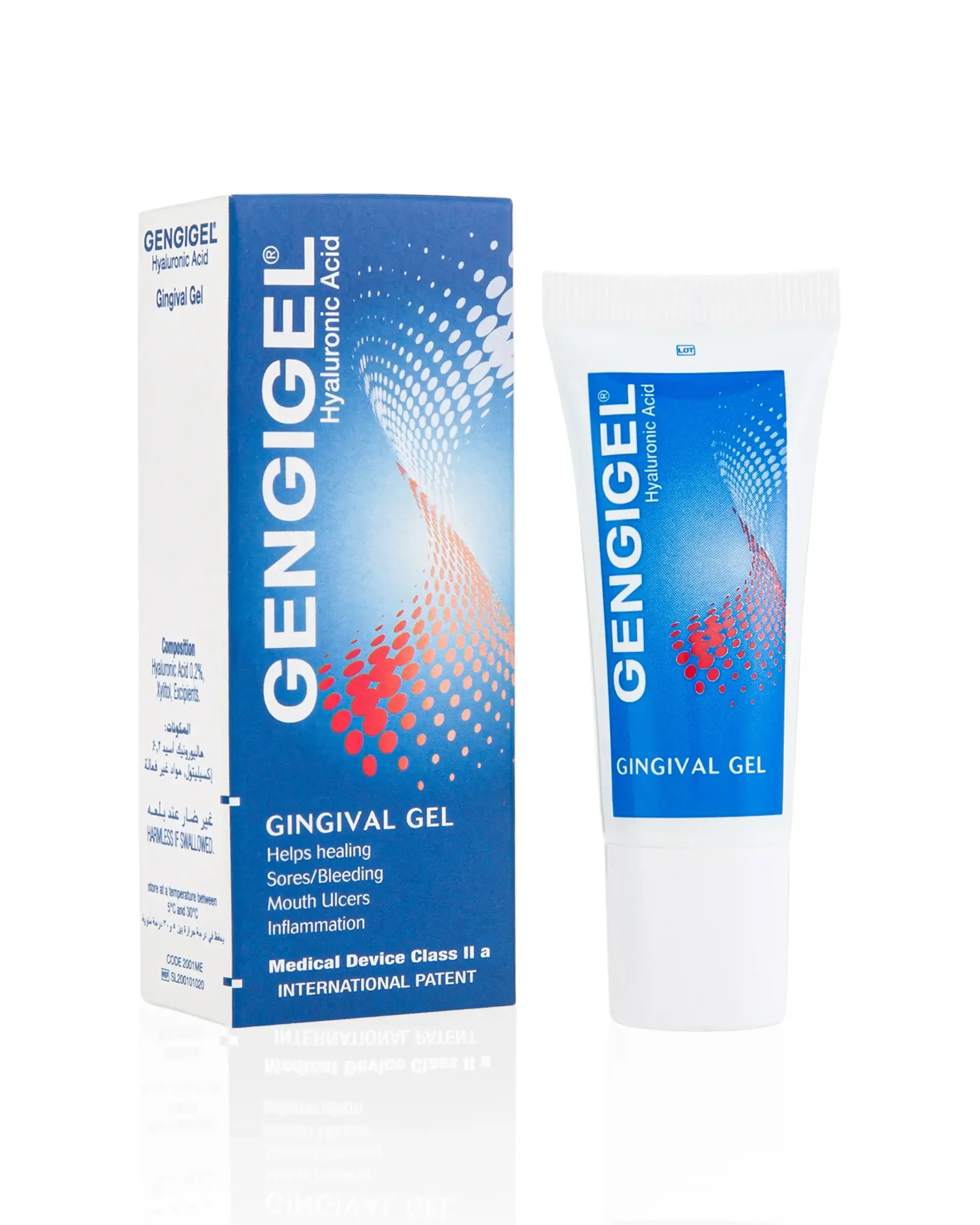Numerical coding by PHD (Passage Hole Diameter) indicates the size of the smallest space into which the brush can be inserted.It is important for the brush to easily enter the interproximal space, so that the filaments and not the wire are what touch the teeth. If the wire rubs the gums or bends, it is advisable to use a brush with a smaller PHD size 0.6 Nano.
Anti-slip groove for a better grip and brushing control to therefore achieve accuracy and comfort during cleaning.
Flexible, memory-free handle and neck for easy access to interproximal spaces.
Plastic lining on the neck for enhanced wire protection and better anchoring.
Interprox Interbrush Pink (0.6 Nano)
Advanced Interdental Brushes
32.00 AED
Designed to remove the accumulation of oral biofilm (bacterial plaque) from interproximal spaces, particularly in the premolar or molar areas.
- Reaches Back Areas
- Removes Oral Biofilm
- Same-Day Delivery Guaranteed
- Free shipping on all orders over AED 150
Numerical coding by PHD (Passage Hole Diameter) indicates the size of the smallest space into which the brush can be inserted.It is important for the brush to easily enter the interproximal space, so that the filaments and not the wire are what touch the teeth. If the wire rubs the gums or bends, it is advisable to use a brush with a smaller PHD size 0.6 Nano.
Anti-slip groove for a better grip and brushing control to therefore achieve accuracy and comfort during cleaning.
Flexible, memory-free handle and neck for easy access to interproximal spaces.
Plastic lining on the neck for enhanced wire protection and better anchoring.
You May Also Like
Based on what customers bought
